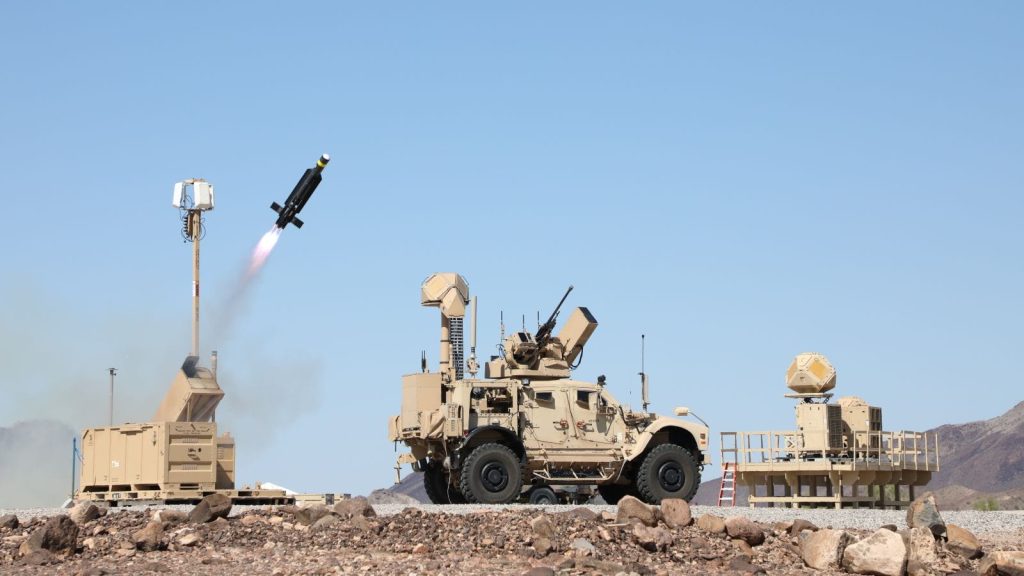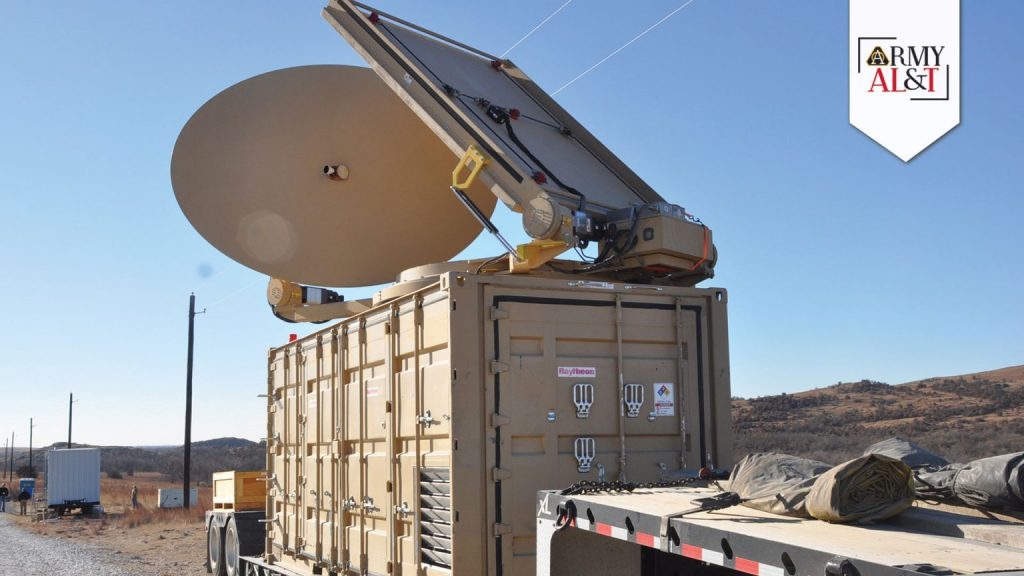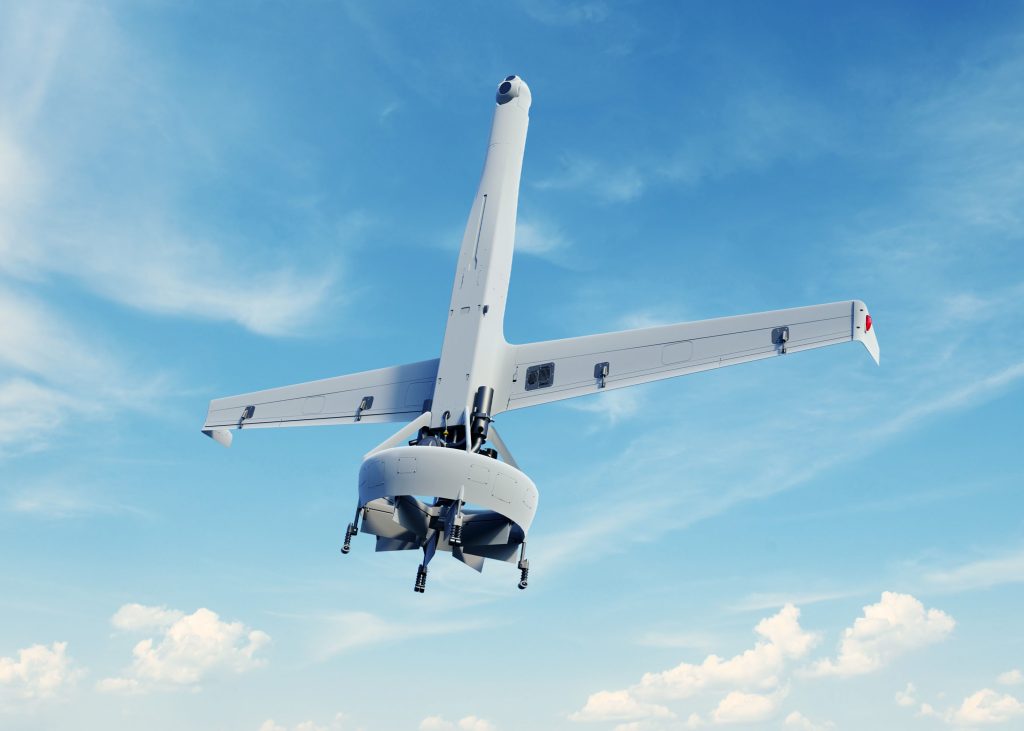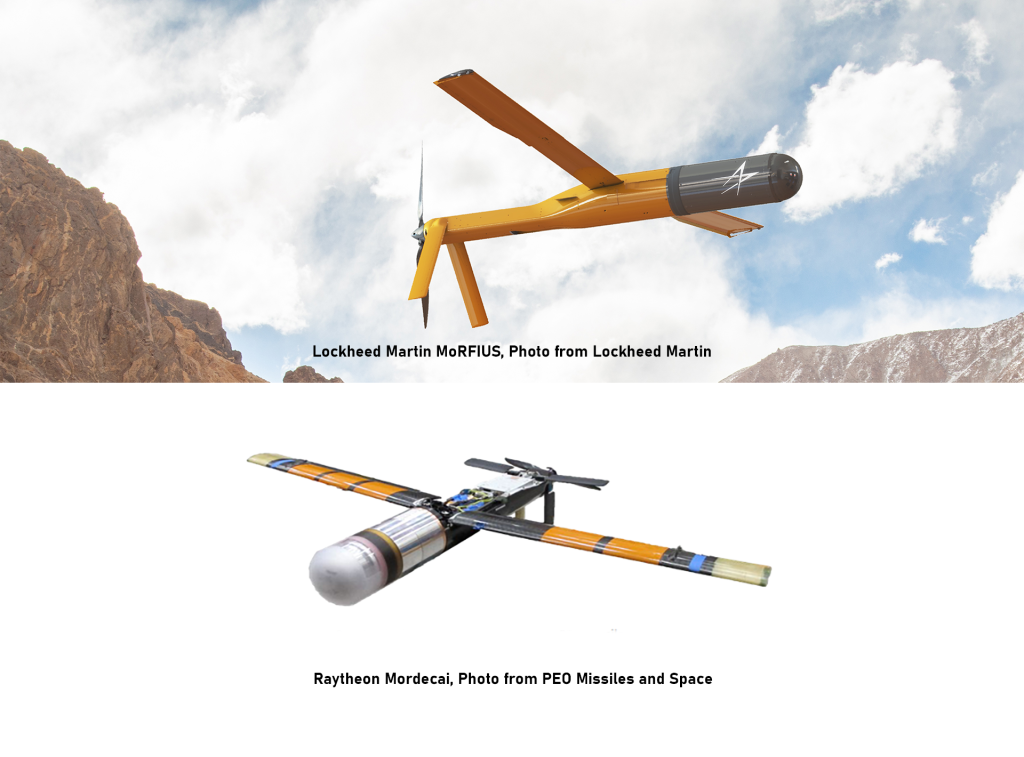Last week, Anduril Industries, a relatively new defense startup, unveiled its latest drone system called the Roadrunner.
Following a very mixed attempt at hyping up the release of the drone by the company’s founder, Palmer Luckey, the system has not lived up to the hype that preceded it.
While it might have not lived up to the hype, we decided to take a look at the system and what sort of capabilities it brings to the table.
Making Sense of The Roadrunner:

From a preliminary look at the material that has been released about the Roadrunner, we can tell that the baseline system is a drone that is capable of vertical-takeoff-and-landing (VTOL).
The system is powered by two jet engines with thrust-vectoring capability. These engines were developed and are produced internally by Anduril. From the looks of it, the drone also has what can be considered a “modular” payload section that can support multiple payloads. This allows potential users to configure the drone in a variety of ways.
The drone is launched from a box that Anduril calls a “Nest”. The nest is an optional system that supposedly protects the drone from harsh environments and might have a built-in diagnostics system for monitoring the drones.

RoadRunner-M is Anduril’s bid to meet Special Operations Command’s (SOCOM) requirements for a C-UAS system that can intercept Group 3 drones. While the objective range isn’t public, it is highly likely that the requirement is to intercept Group 3 drones at ranges in excess of 15 km.
Why in excess of 15 km? That is because Raytheon Technologies’ Coyote Block 2 has a stated maximum range of 15 km. This is a system that is currently well suited for addressing Group 2 and 3 drones at close ranges. Therefore, it wouldn’t make sense for SOCOM to duplicate the performance of an existing system.
Footage released by Anduril shows that the RoadRunner-M variant is equipped with what looks like a high-explosive warhead.

While the exact price range of the system isn’t known, In his comments to The War Zone, the company’s CSO, Chris Brose, stated that the price range of the RoadRunner-M is in the “low six figures.” This puts the drone near the price range of the Coyote Block 2, which has a unit cost of $100k.
Claims and Hype:

While the Roadrunner-M is a well designed system that is likely well suited for its specific purpose. Anduril’s loudest representatives have been using deceptive language or in other times, outright lying about the capabilities of the competition, to bring up Roadrunner-M.
In the aforementioned interview with The War Zone, Chris Brose stated that “We saw systems out there, you know, like Patriot missiles, that are very capable, but they’re also very expensive. You don’t want to employ them against, you know, very low-cost threat drones and low-cost cruise missiles,”
While it is true that using Patriot missiles against Group 2 or 3 drones isn’t effective, this is something that has been known from the get-go. It is the reason why the Army started looking at cheaper Counter-small Unmanned Aircraft Systems (C-sUAS) solutions nearly eight years ago.
In the same piece, Brose falsely states that “…on things like directed energy, I think there’s still a lot of work to go for that to actually be an operationally useful capability, and there’s a lot that threats we’ll be able to do to counter systems like that.”

The Office of Secretary of Defense has funded multiple laser systems under the High Energy Laser Scaling Initiative (HELSI), many of these systems have demonstrated their operational utility. The Air Force, Navy, and Army have also funded their own internal development of lasers. Likewise, these systems have gone through rigorous testing and demonstrated their effectiveness, and are now at final stages before transitioning to Programs of Record.
In December 2020, the US Air Force revealed that its THOR High Powered Microwave (HPM) system was deployed to the U.S. AFRICOM area of operations to thwart any potential attacks on US forces. Prior that same year, USS Portland (LPD 27) disabled a drone with the 150 kW Solid State Laser – Technology Maturation Laser Weapon System Demonstrator (LWSD) MK 2 MOD 0 on May 16.

As of writing, there are no known methods of protecting or countering directed energy attacks against Group 1-4 drones. While tactics that seek to exploit the weaknesses of particular directed energy systems might work in a vacuum, the systems will hardly be alone by themselves. The Army’s broader C-UAS effort envisions multiple systems, both kinetic and non-kinetic, working in concert to defeat these threats.
The Competition:

While the overall capabilities of the Roadrunner are impressive, there’s nothing particularly special or innovative about the drone.
The Switchblade and Altius line of drones offer a modular payload section that allows you to configure them into either ISR platforms or equip a warhead for striking targets. Martin UAV’s V-Bat and Aerovel’s Flexrotor are similarly VTOL drones with a modular payload section.
Lockheed Martin’s MoRFIUS and Raytheon’s Mordecai both carry HPM front sections that allow for reuse after employment. Epirus and Blue Halo, both relatively new startups, are also working on airborne HPM systems that will offer multi-engagement capabilities.

What Roadrunner-M has going for it is combining some of these capabilities into a single platform. Which is most likely the reason the drone measures close to 1.8 meters (6 feet) in length.
Furthermore, due to the twin jet engines, the drone likely enjoys a speed advantage over both the competition and threat. This would directly translate to the drone being capable of reaching its maximum engagement zone fairly quickly and therefore intercepting the threat quicker at such range.
But its relatively large size also has downsides. Unlike Coyote Block II, Mordecai, and MoRFIUS, the Roadrunner-M is extremely hard to package in a compact format due to its size. This excludes the platform from being utilized in a similar fashion to these systems, which can be integrated on anything from the Joint Light Tactical Vehicle (JLTV) to a Stryker.
Due to this, the Roadrunner-M’s re-usability becomes a defining feature of the platform, without which the system would no longer be a viable system for addressing raids with multiple drones.
